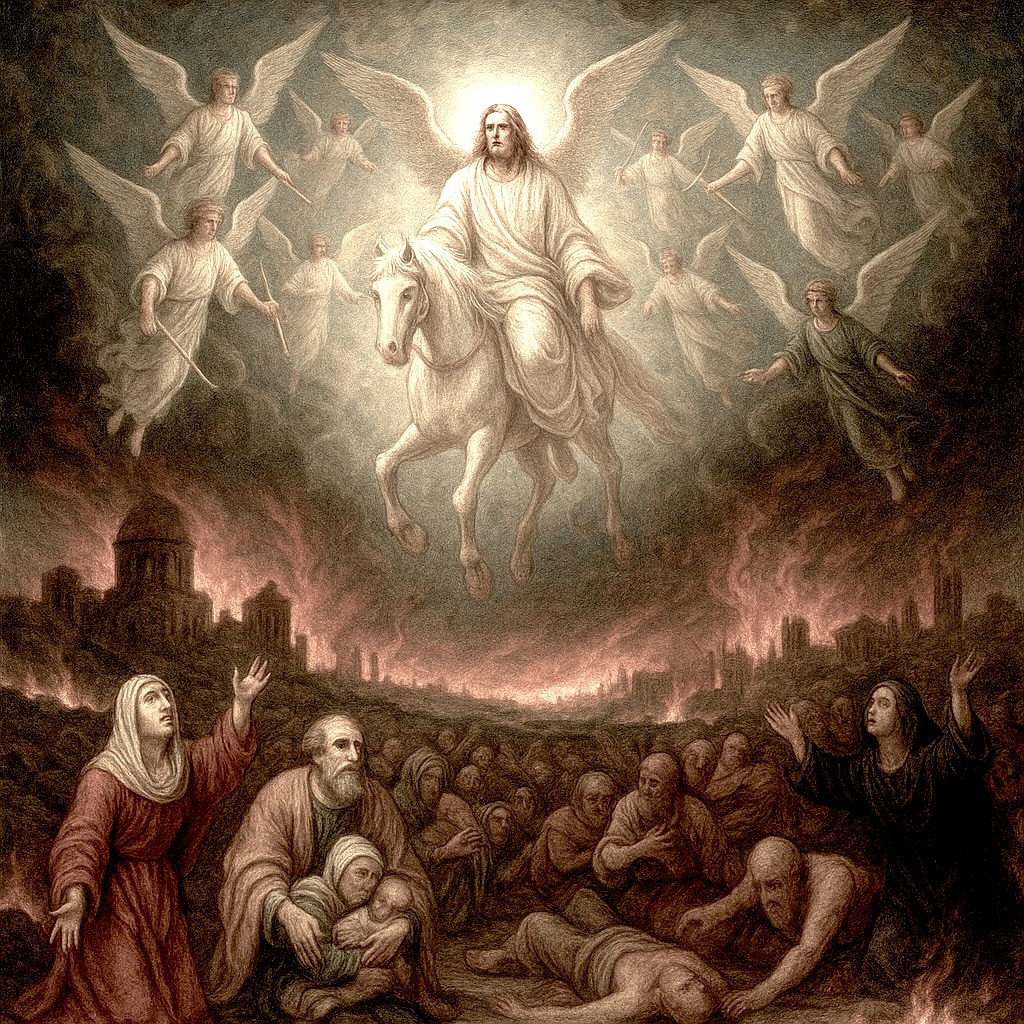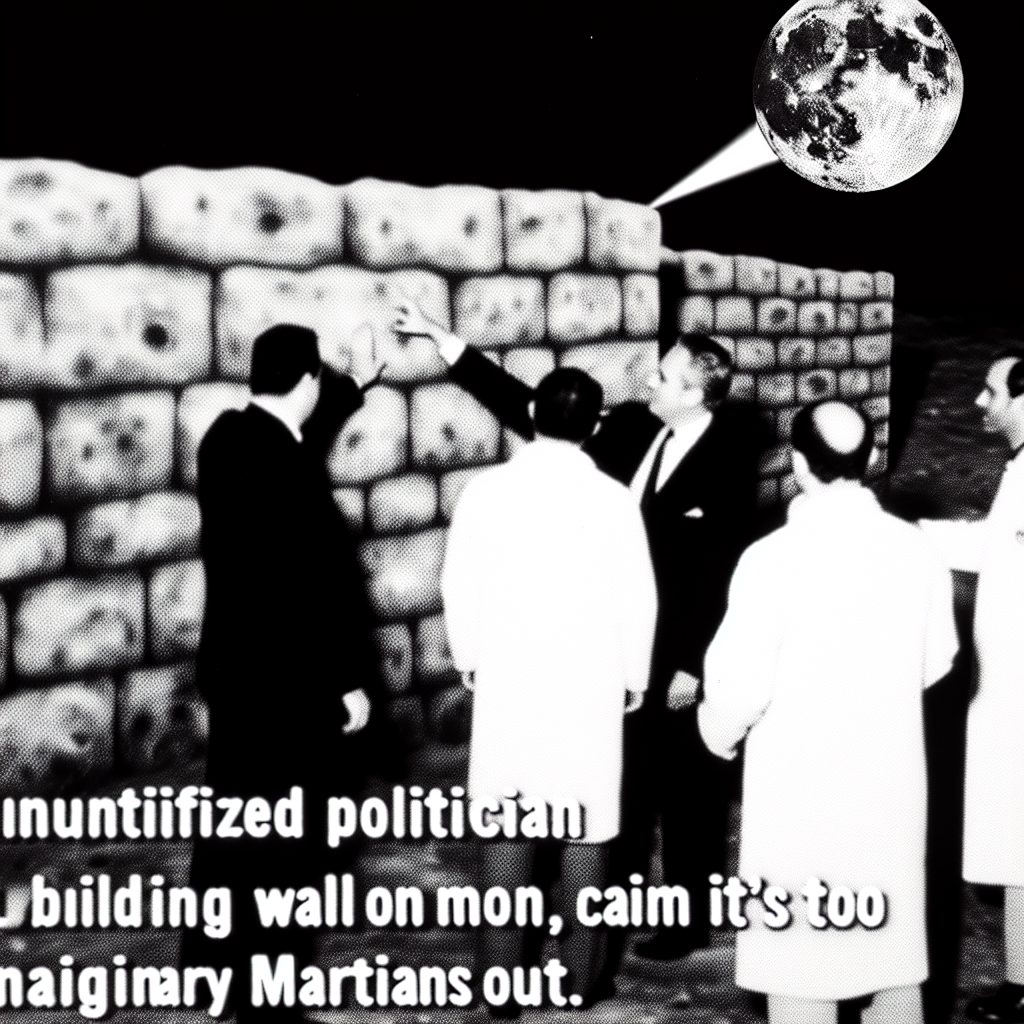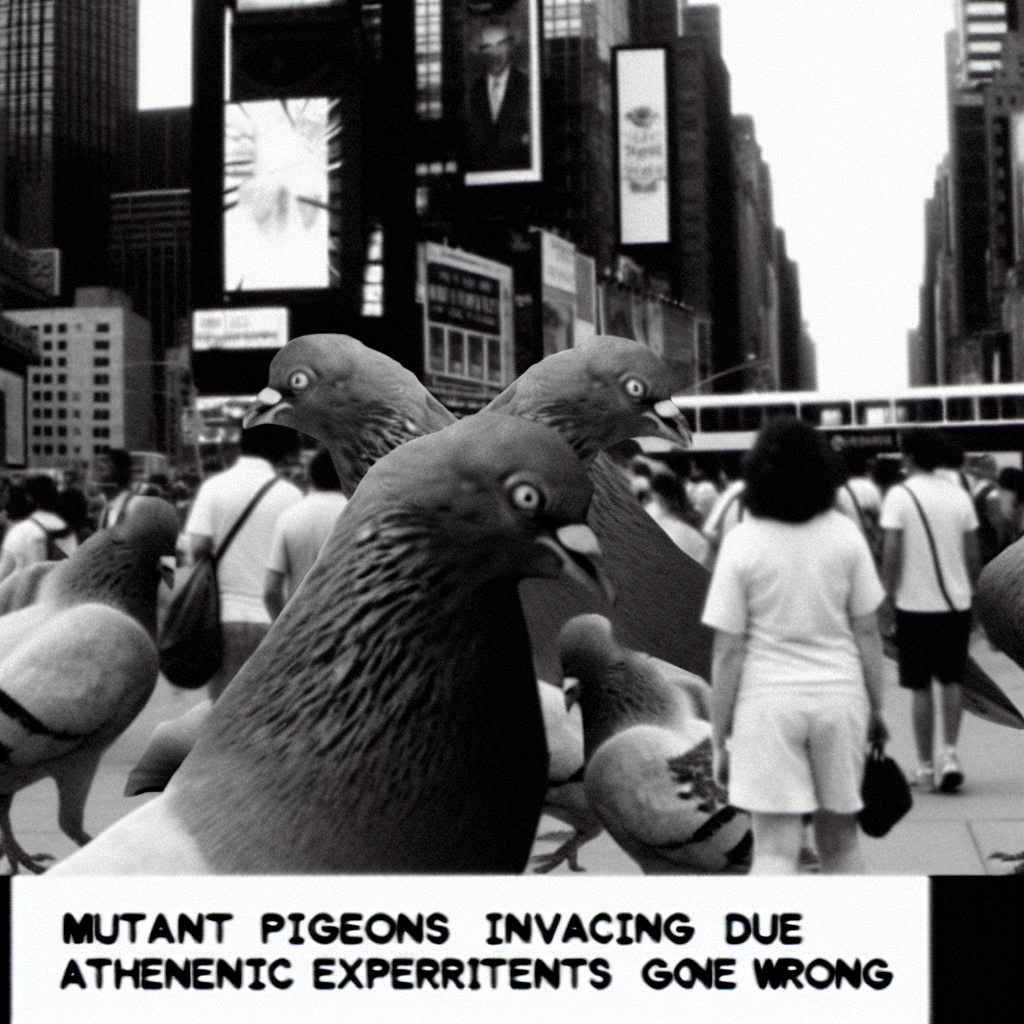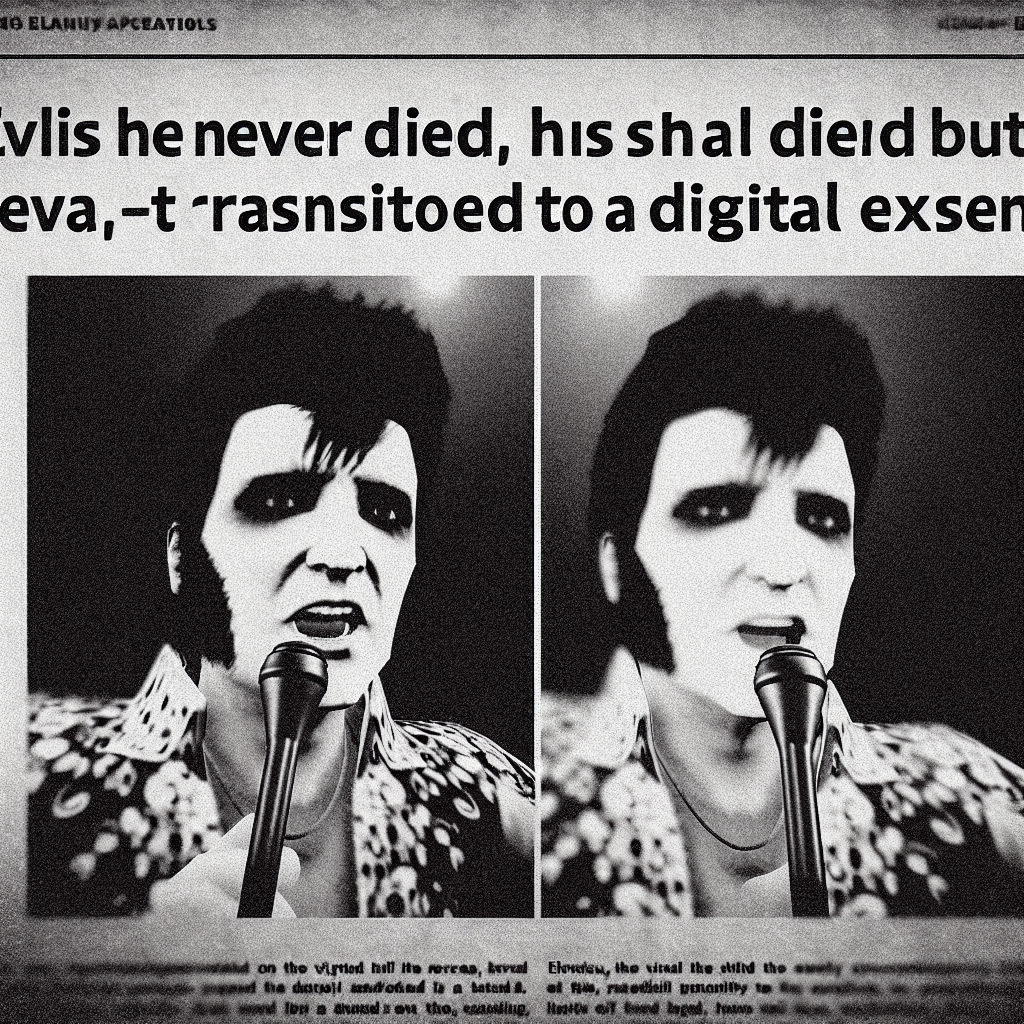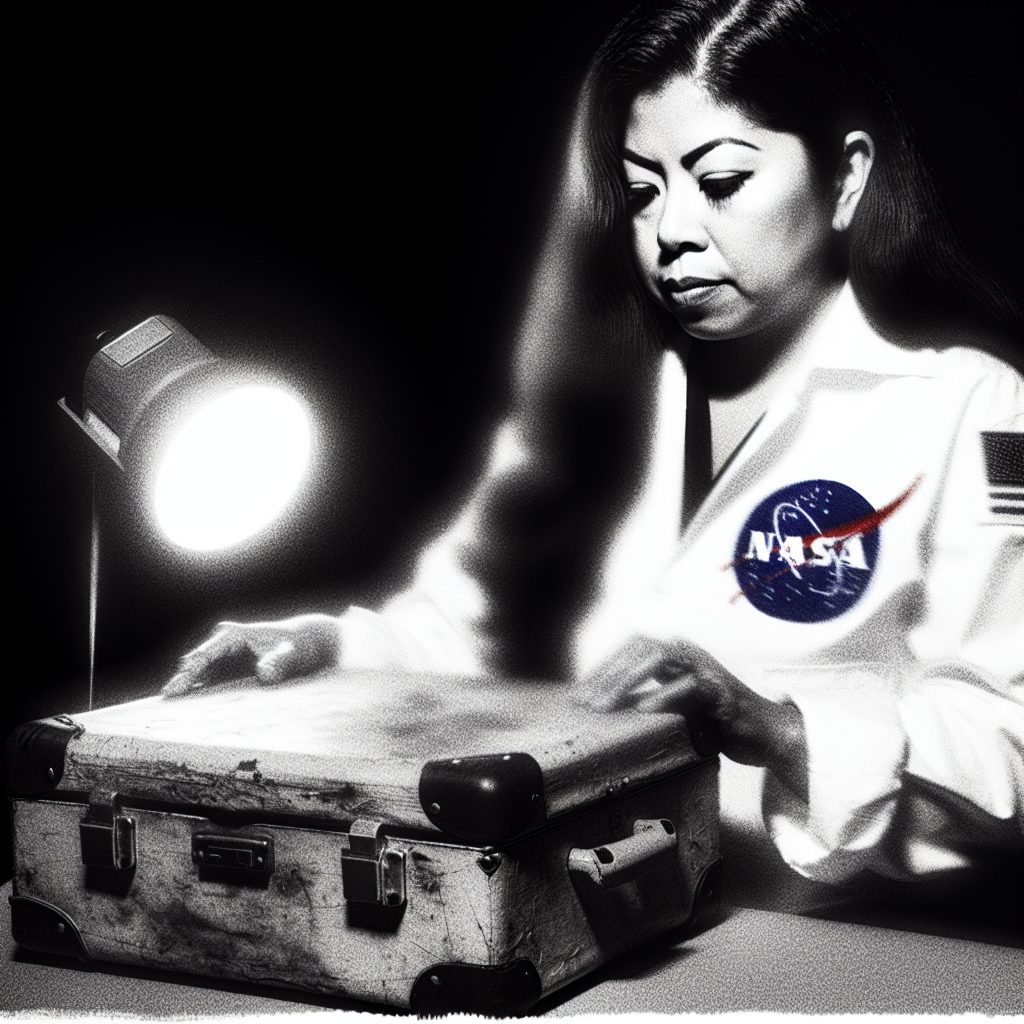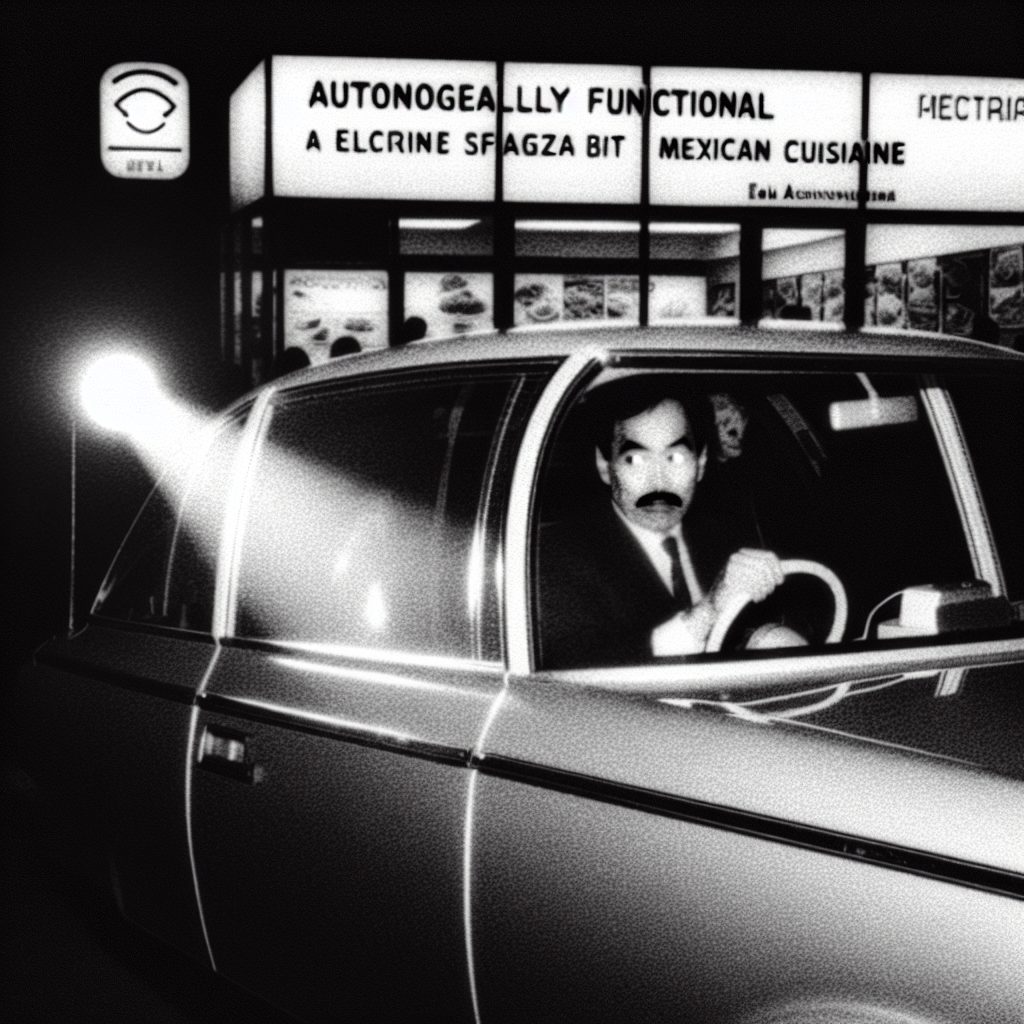New York Times reports: Coffee is immortal
Study confirmed by Starbucks
SEATTLE, WA – In a shocking revelation that has sent ripples through the scientific community and coffee shops worldwide, The New York Times published findings yesterday confirming what baristas have whispered about for decades: coffee beans possess an otherworldly immortality that defies every known law of biology.
The groundbreaking study, mysteriously funded by an unnamed consortium and later validated by Starbucks’ own secretive research division, reveals that coffee plants demonstrate cellular regeneration properties that make them virtually indestructible. According to leaked documents obtained by this reporter, coffee beans can survive in conditions that would obliterate any other organic matter, including exposure to extreme radiation, absolute zero temperatures, and even the vacuum of space.
Dr. Maria Espresso, a former NASA botanist who was allegedly terminated for “asking too many questions,” provided exclusive commentary on the findings. “What we’re looking at here isn’t just a plant – it’s a biological anomaly that shouldn’t exist on Earth,” she revealed during a clandestine meeting at an undisclosed location. “The cellular structure of coffee beans contains compounds that appear to reset their molecular clock indefinitely. We’re talking about organic matter that could theoretically survive the heat death of the universe.”
The implications are staggering. Sources within the coffee industry suggest that some of the beans currently being harvested may be thousands, possibly millions of years old, having survived multiple extinction events and geological upheavals. This would explain coffee’s inexplicable hold over human civilization and its rapid global domination following its “discovery” in Ethiopia.
Giuseppe Brewinski, a former Starbucks quality control specialist who spoke on condition of anonymity, shared disturbing observations from his fifteen years inside the corporate machine. “I’ve seen things that would make your blood run cold,” Brewinski confessed, nervously adjusting his baseball cap. “Bags of beans that were supposedly roasted months ago, but when you looked closely, you could see they were somehow… renewing themselves. The oils would redistribute overnight, the color would shift subtly. Management told us it was ‘natural settling,’ but we knew better.”
The New York Times study reportedly utilized advanced electron microscopy and quantum analysis techniques to examine coffee beans at the subatomic level. What researchers discovered challenges everything we thought we knew about organic decay. The beans’ cellular mitochondria operate on what scientists are calling a “temporal loop,” essentially reversing entropy within their own microscopic ecosystem.
Even more alarming is the discovery of what researchers have dubbed “memory proteins” within the coffee matrix. These proteins appear to store information about environmental conditions, climate changes, and even human interaction patterns spanning potentially millennia. This suggests that every cup of coffee consumed may be transmitting ancient data directly into the human nervous system through caffeine receptors.
Starbucks’ official validation of the study has raised eyebrows among conspiracy theorists who have long suspected the coffee giant of harboring extraterrestrial connections. Internal memos allegedly reference “Project Arabica,” a classified research initiative exploring coffee’s potential as an “interstellar biological archive.” The company’s rapid expansion and uncanny ability to predict consumer behavior now takes on sinister new dimensions.
Government agencies have remained suspiciously silent about the findings, leading many to speculate about existing knowledge of coffee’s immortal properties. Anonymous sources within the Department of Agriculture hint at sealed files dating back to the 1950s, when scientists first noticed coffee plants’ resistance to nuclear testing radiation.
The research has also uncovered disturbing correlations between ancient civilizations and coffee cultivation sites. Archaeological evidence suggests that many now-extinct cultures may have discovered coffee’s immortal properties and attempted to harness them for their own preservation, with catastrophic results.
As this story develops, one thing becomes clear: humanity’s relationship with coffee may be far more complex and potentially dangerous than anyone ever imagined.
The characters and events depicted in this story are entirely fictitious. Any similarity to real persons, living or dead, or to actual events is unintentional and purely coincidental.


